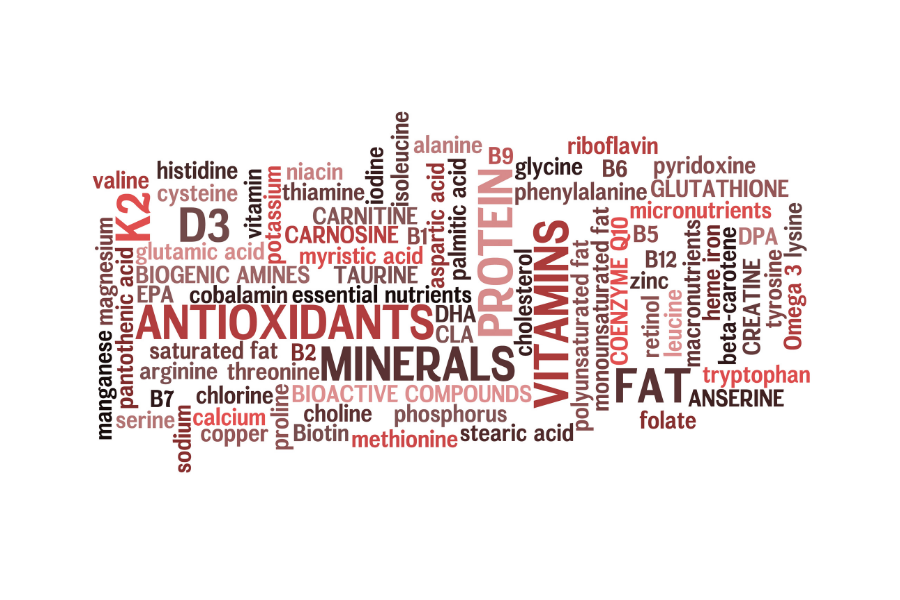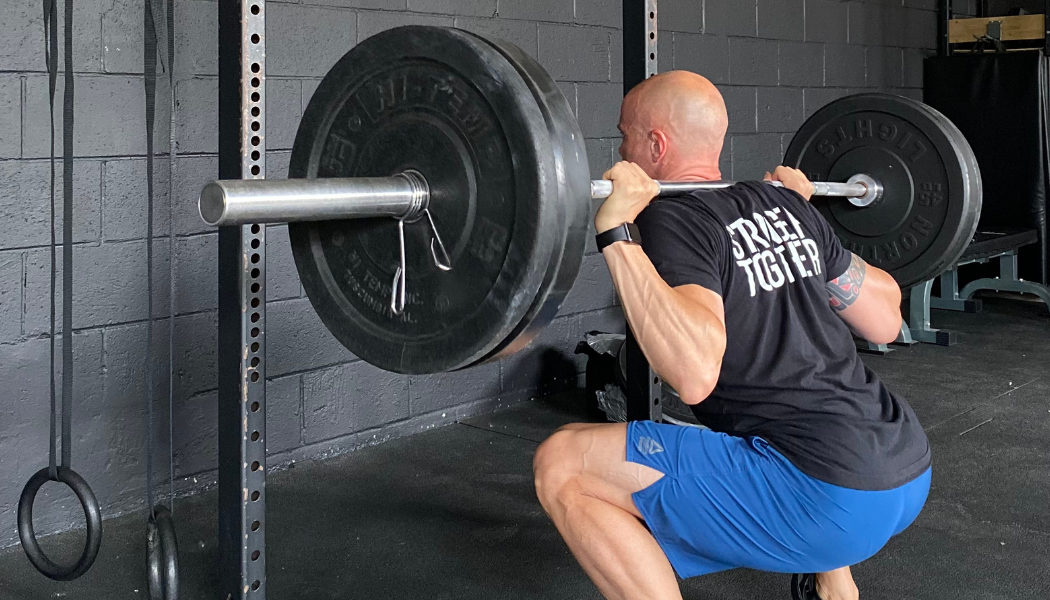Micro in Size, HUGE in Impact
Dave Delbecchi • October 18, 2021

Last week for Fall Reset, we talked about macronutrients and why they matter.
Macros (carbohydrates, fats, and proteins) are the nutrients that we need in large quantities. Micronutrients, on the other hand, are nutrients that we only need in trace amounts. However, the fact that we need small amounts of micros doesn’t make them any less important.
Vitamins and minerals (including antioxidants and electrolytes) are essential to our overall health and wellness. These micronutrients aid in the production of enzymes, hormones, and proteins that are critical to body and brain function.
Micronutrient deficiencies can cause significant, long-lasting health problems, both physically and cognitively.
Reset Homework: Something To Try This Week
The easy micronutrient fix we have been sold is to buy more supplements. Multivitamins, green powders, red powders, shakes, pills, drops—the supplement industry is a $140 billion global industry and growing, yet rates of chronic illness keep growing, too.
Do some supplements help address micronutrient deficiencies? Of course, but we should be prioritizing whole foods as our dietary source first for most of our micronutrient needs.
This week, add more colours to all your meals. Reds, greens, purples, oranges—the more the better. The easiest way to do this is by adding a variety of fruits and vegetables to each meal. The more variety in colour, the more variety of micronutrients you’re packing into that meal.
Your goal is to have three distinct colours on your plate for all three meals every day.
Keep Up With Last Week’s Homework
After last week’s email, you should already be prioritizing protein. Now you’re adding colour. By tackling both of those, you can have an immediate and powerful impact on your energy levels, satiety, and long-term health.
Next Week: Food Hygiene
Nutrition isn’t just about what you eat. HOW you eat matters more than you think—but more on that next week!
The post Micro in Size, HUGE in Impact appeared first on CollectiveFit.
More Posts

Earn Your Intensity. What does that really mean? The word earn can sound harsh—like we’re telling someone they don’t deserve something. But in CrossFit, “earning your intensity” is about respecting the process. It’s built on the foundation we always come back to: technique first, consistency second, and intensity last. If you focus on improving your technique and applying it consistently, then over time you truly earn the right to add intensity. And here, I’m speaking specifically about heavy lifting. Cardio has its own demands, but let’s stay with lifting for now. Take the back squat as an example. If you haven’t mastered a solid air squat—chest tall, hips below parallel, knees tracking properly—why would you expect to move heavy weight safely? If you can’t do the basics well, you haven’t yet earned the right to go heavy. When I say earn the right, it’s not about me telling you what you can or can’t do. You’re an adult. It’s really a question: has your technique and consistency prepared your body for the demands of heavier loads? Has your strength and mobility built up enough to handle the position safely? If not, then the smartest path forward is simple: refine your squat. Keep working at lower intensities on both strength days and in workouts. That way, you’ll improve movement quality, break old habits, and address mobility limitations. Sometimes it’s not a lack of strength—it’s just that you’ve gotten comfortable with “your version” of the squat instead of chasing a better one. By focusing on technique first, two things will happen: you’ll get stronger, and you’ll reduce your risk of injury. That’s why it’s worth taking the time to earn your intensity. So the next time you approach a heavy lift, remember—it’s not about how much weight you want to put on the bar. It’s about what you’ve earned through consistent, quality movement.

The book Smarter, Faster, Better breaks down motivation into one key principle: self-determination. The more control you have over your decisions, the more drive you will have to follow through. Studies show that people are far more likely to complete difficult tasks when they see them as a choice rather than a command. When you connect your actions—whether it’s a workout, eating more protein, or skipping junk food—to a bigger goal, everything becomes easier. This program has been about taking control. You made the choice to prioritize your health, eat well, and train with intention. Keep asking yourself why—why did you start? Why does it matter? The more you connect your daily habits to a larger purpose, the easier they are to sustain. CONSISTENCY WINS Forget perfection. The goal is to get it right most of the time. The difference between someone who sticks to their plan 100% and someone who hits 80-90%? Barely noticeable results—but a massive difference in sustainability. That’s why you need a system that works for your life: The 80/20 Rule – Stick to whole, nutritious foods 80-90% of the time, and allow 10-20% flexibility for social events, favourite meals, or just enjoying life. That’s 2-4 relaxed meals per week—so use them wisely. Make healthy eating easier than unhealthy eating – Set up your environment for success. Plan meals, batch cook, and keep real food within reach. Control your home environment – Don’t bring temptations into your house. You can indulge occasionally, but don’t make it a daily battle. The key to long-term success isn’t willpower—it’s systems. Set yourself up to win. Stay consistent, keep it simple, and take control of your choices. You’ve got this.



